
Preços apresentados são para exportação e não contemplam impostos e frete. Para aquisição no mercado nacional, impostos e frete serão acrescidos e apresentados no checkout antes da conclusão da compra.
Showing all 11 results
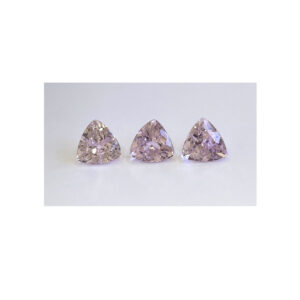
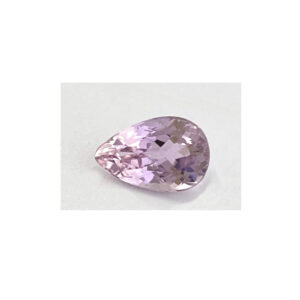
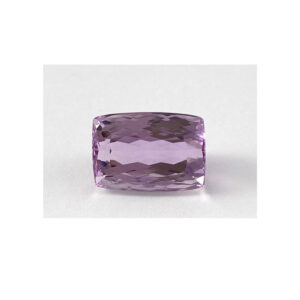
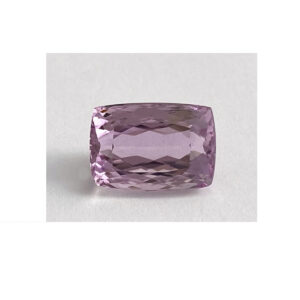

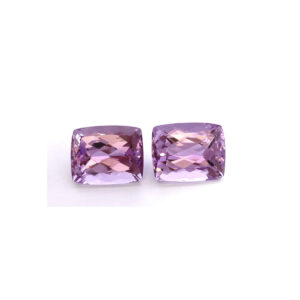
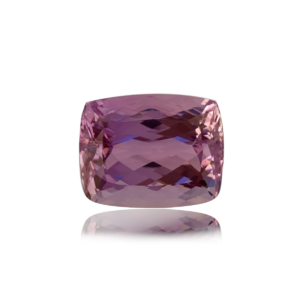
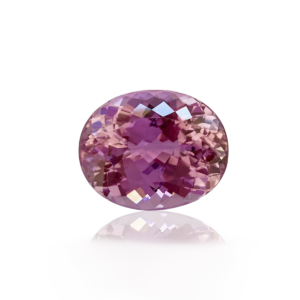
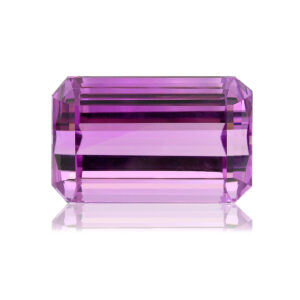
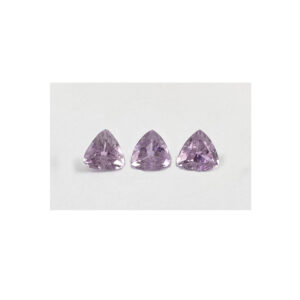
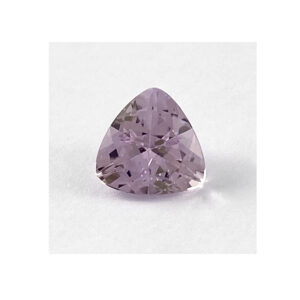
Name Origin: Homage to pioneer gemologist George Frederick Kunz -1902.
Main Colors: Pink, violet-rose, and violet.
Producing Countries: Afghanistan is the world’s largest producer, followed by Brazil in the state of Minas Gerais, Madagascar, and California, USA. When production takes place, it is usually in large volumes and with crystals that can weigh a few kilos.
Common Shapes: Antique, oval, drop, and octagonal. Kunzite is an extremely difficult mineral to cut due to its three distinct cleavages. For this same reason, it is not possible to cut the round shape and stones below 7×5. Brazilians are the great experts in the art of cutting Kunzite in the world. As it is found in large crystals, gemstones of hundreds of carats can be cut.
Usual Treatment: Kunzite can be irradiated by neutrons or gamma rays and then heat-treated to darken its color. Both the treated and natural color of Kunzite can fade with prolonged exposure to heat or sunlight. That’s why it’s a more suitable gem for night use.
| Species: | Pink variety of the spodumene species. |
|---|---|
| Hardness of Mohs: | 6/7 |
| Specific Density: | 3,18 (±0,03) |
| Cleavage: | 3 Distinct Perfects |
| Fracture: | Uneven |
| Crystal System: | Monoclinic: tabular prismatic crystals. |
| Chemical Composition: | LiAl(Si₂O₆) Lithium Aluminum Silicate |
| Transparency: | Transparent |
| Refractive index: | 1,660-1,676 |
| Birefringence: | 0,016 |
| Dispersion: | 0,017 |
| Pleochroism: | Defined; violet, pale-red, colorless. |
| Luster: | Vitreous |
| Fluorescence: | Strong, reddish-yellow, orange. |
Belo Horizonte – MG


